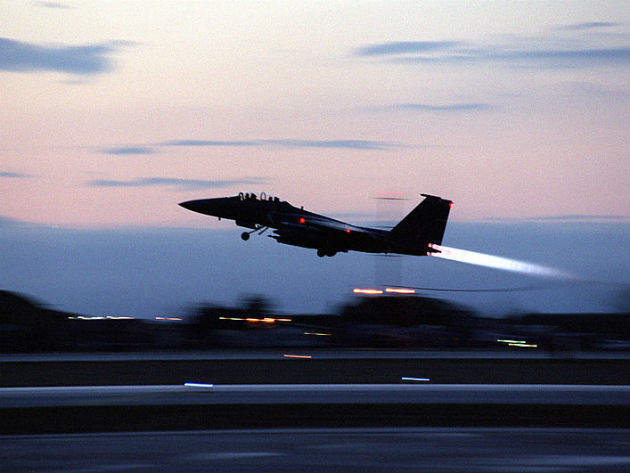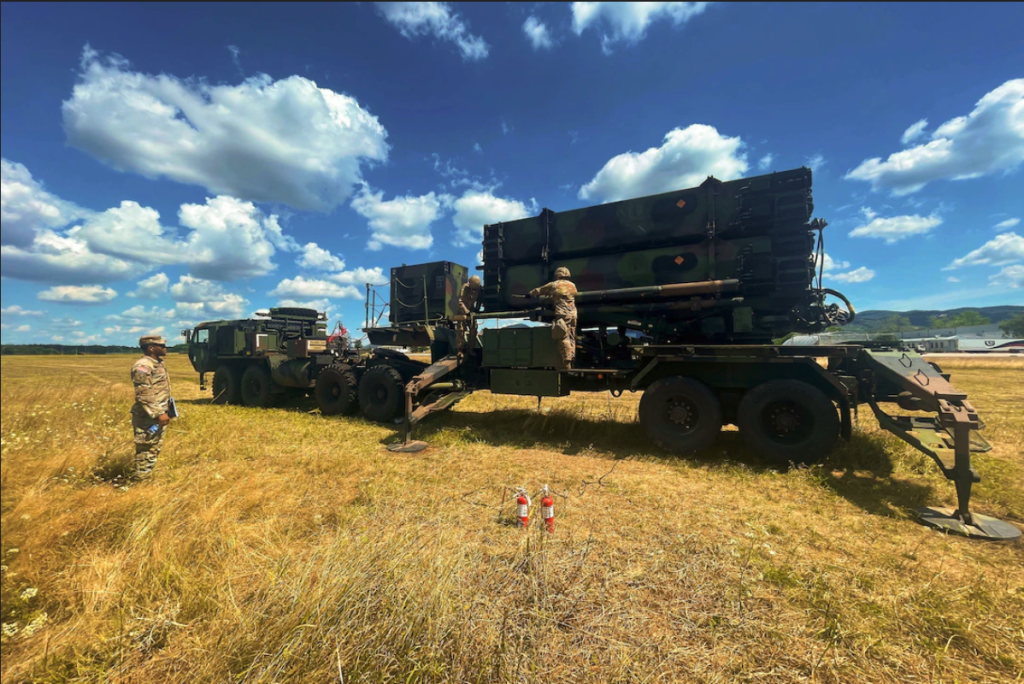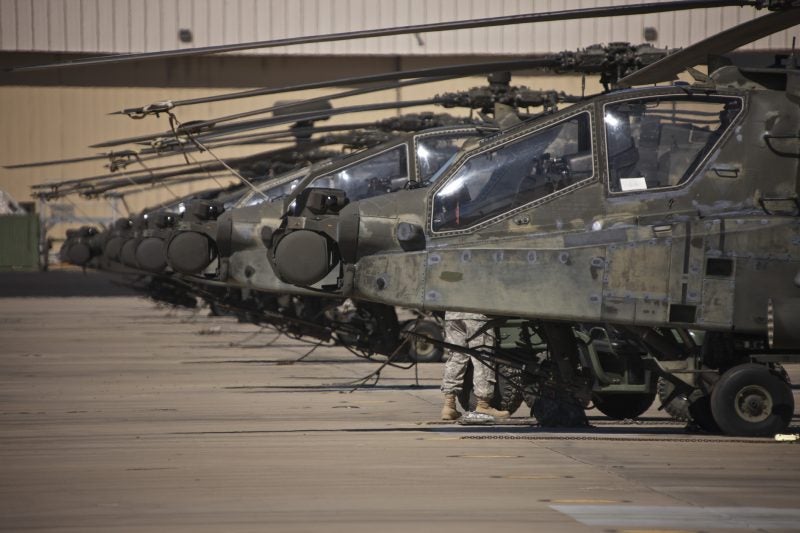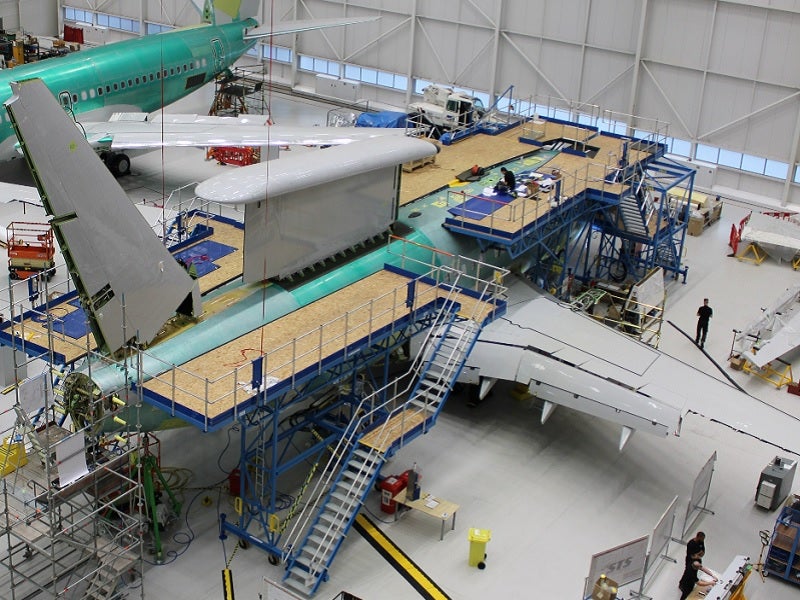
Airforce-technology.com/wp-content/uploads/image-digitalinsightresearch/Archive/nri/airforce/ADVENT%20engine.jpg” />
That could all change, however, if the US Air Force's Adaptive Engine Technology Demonstrator (AETD) programme goes to plan, allowing future generations of aircraft to take to the skies that can switch from high-speed performance to maximum economy – and back again – as the need arises. It is an ambitious goal, with a huge range of possible applications across the spectrum of fighters, bombers and tactical combat aircraft.
While it has all the makings of a potential game changer for the sector, the fundamental principle behind the idea remains fairly straightforward. Conventional jet engine designs are optimised either for range or speed primarily by reference to two key factors: the fan pressure ratio of the air pressure discharged from the fan relative to the input pressure, and the bypass ratio of the air flowing around the engine core relative to the air passing through it. Thus, commercial airliners and military airlifts have high bypass / low fan ratios to yield greater efficiency, while strike aircraft exhibit low bypass / high fan pressure ratios, sacrificing fuel economy in the interests of maximising thrust.
With adjustable fans and controllable air ducts, the thinking goes, you can increase the flow around the engine and raise the bypass ratio to improve cruising fuel efficiency, or force more air into the core to gain a burst of extra thrust, flexibly toggling between Grand Prix speed, or super-Mini economy.
Long-term R&D
Revolutionising jet engine design, however, takes time – lots of it – and AETD stands in a long line of USAF multi-year propulsion technology R&D programmes, dating back over decades. This latest effort builds on the success of the Adaptive Versatile Engine Technology (ADVENT) project, the flagship element of the Versatile Affordable Advanced Turbine Engines (VAATE) programme, which itself arose from the earlier Integrated High Performance Turbine Engine Technology (IHPTET) initiative.
By the closing stages of IHPTET, which ran between 1987 and 2005, it had become clear that engineers stood on the brink of developing technologies that would bring the necessary advances to make adaptive engines a very real prospect. However, it was also apparent that to take the final crucial steps and ultimately give aircrews the ability to vary airflow and pressure ratios in flight was going to call for some significant refinements to existing systems, and a number of innovations too.
Sixth-generation propulsion
The USAF is determined to forge ahead with this, and has brought the combined expertise of some of the biggest names in the aerospace industry, along with a sizeable budget, to bear on developing what some have dubbed 'sixth-generation propulsion'.
In 2007, GE Aviation and Rolls-Royce, who had been partners on a project to develop the fixed cycle F136 engine for the F-35 Joint Strike Fighter, were each independently awarded six-year contracts to produce demonstrator engines under the ADVENT programme. Pratt & Whitney (P&W), who had also bid for the same ADVENT contract, was not successful, although looming budget cuts in 2011 would see Congress cancel the GE/R-R F136 programme, and leave the JSF engine programme to P&W's competing F135 engine alone. A year later GE and P&W were each awarded four-year contracts for AETD, this time with Rolls-Royce losing out.
Research success
There have been some notable successes along the way, culminating with GE developing aviation's first three-stream adaptive cycle engine, with a full suite of fan, compressor, combustor and turbine technologies, and concluding the demonstration phase of the ADVENT programme with a full engine test in 2014.
AETD, like its predecessor, is intended to continue the maturation of the next generation of propulsion technologies, and should soon see all the years of research, which arguably began with Gerhard Neumann's first variable cycle studies in the 1960s, finally bearing fruit. According to GE Aviation's Matthew Benvie, adaptive cycle engines will be ready near the beginning of next decade, around 2022-2023.
"The next step is the detailed design review with the Air Force in the AETD programme," he adds, "along with fan, compressor and combustor and turbine rig tests, concluding with a core test [of the] compressor, combustor, turbine joined together."
Cost pressures
The USAF uses a truly staggering amount of fuel; a single F-15 at peak thrust burns through 25 gallons a minute – roughly 43 barrels an hour – and keeping a B-52 in the air requires at least double that. According to the Air Force Energy Plan, aviation operations consume 2.5 billion gallons of aviation fuel per year which accounts for approximately 84% of the USAF's total energy consumption, and represents a little over 45% of the demand of the entire federal government. In 2010 alone, the bill came to some $6.7bn.
Against that, the promise of 10% greater thrust, and 30% to 35% further range for 25% lower fuel consumption in comparison with traditional fixed cycle jets makes adaptive engine technology look like a huge game changer – but it won't come cheap. In the latest round of awards, January saw GE secure up to $325m under VAATE phase III, while P&W received an indefinite delivery/indefinite quantity (IDIQ) contract for a similar amount in April. In May, both GE and P&W were given $105m modifications to their previously awarded contracts for additional research, and in June, Rolls-Royce beat 33 rivals for a $100m IDIQ contract which is scheduled for completion in 2023.
Budget review
While all federal budgets are under scrutiny, the Pentagon faces a unique challenge. After decades of expensive action in Iraq and Afghanistan, the US military has seen its technological lead over potential adversaries being somewhat eroded. The key to re-sharpening that edge lies in the kinds of R&D programmes that promise to deliver significant technological advantages in the future – but it is precisely these initiatives which will be most hit by the imposed caps threatened by the possible return of sequestration which could cut $600bn off the defence budget to 2021.
For the USAF in particular, that puts expensive future-focussed programmes such as the Aerospace Innovation Initiative (Aii) and the Adaptive Engine Transition Program (AETP) – an AETD follow-on due to run from 2016-19 at risk. At a congressional hearing in March, Alan Shaffer, principal deputy assistant defense secretary for research and engineering, warned that both programmes would end under sequestration, and that it "would leave the Defense Department with no significant long-term research into the next generation of air capability."
Unfortunately, the lengthy and troubled saga of the beleaguered F-35 – which currently stands at over $320bn and counting, making it the most expensive weapon ever built – has left many on Capitol Hill wary of overly novel technology, and mindful of the old saying that if it looks too good to be true, it probably is.
The irony is that for jet aircraft at least, that really might be just about to change – unless, of course, the money runs out first.




